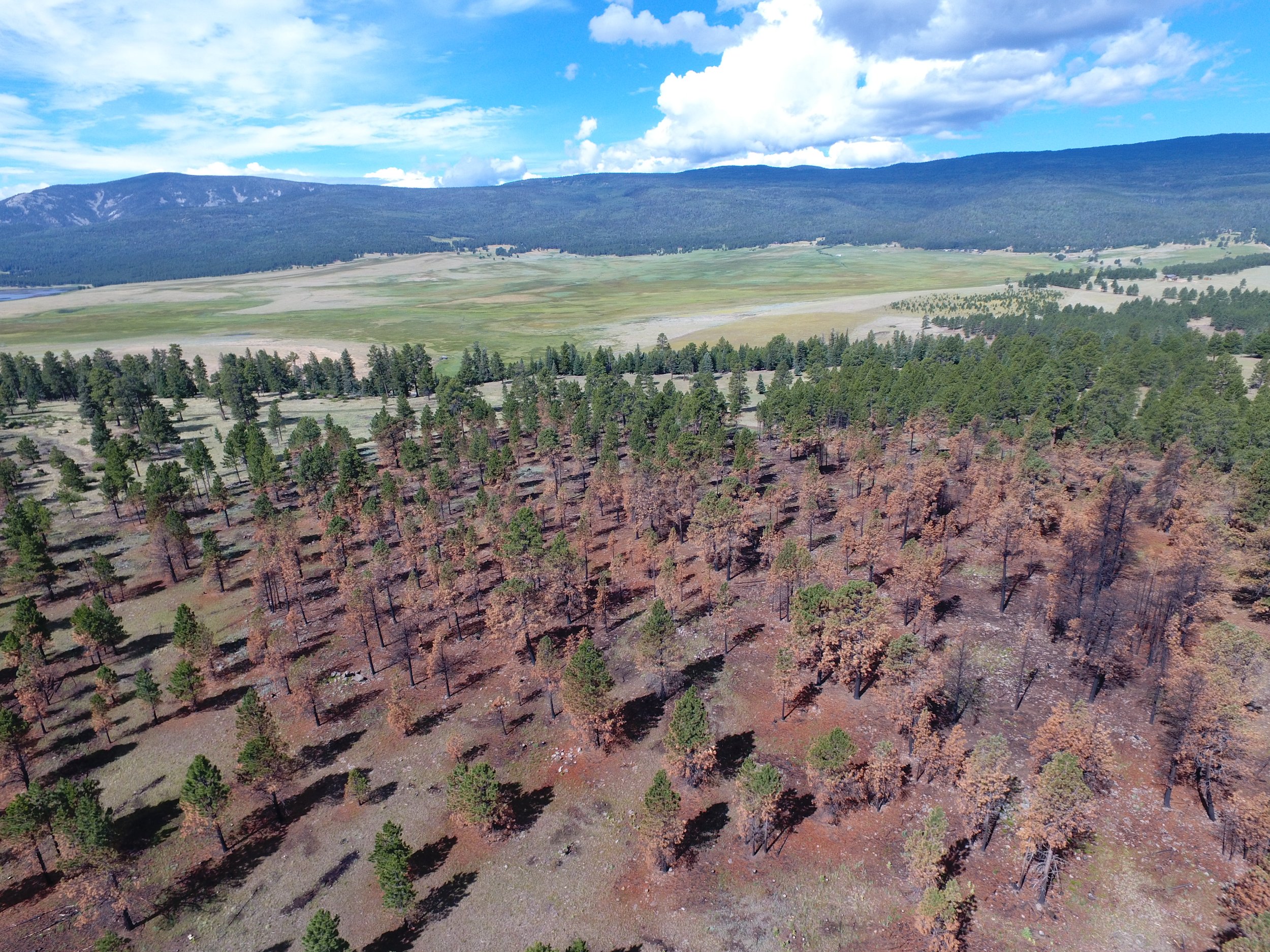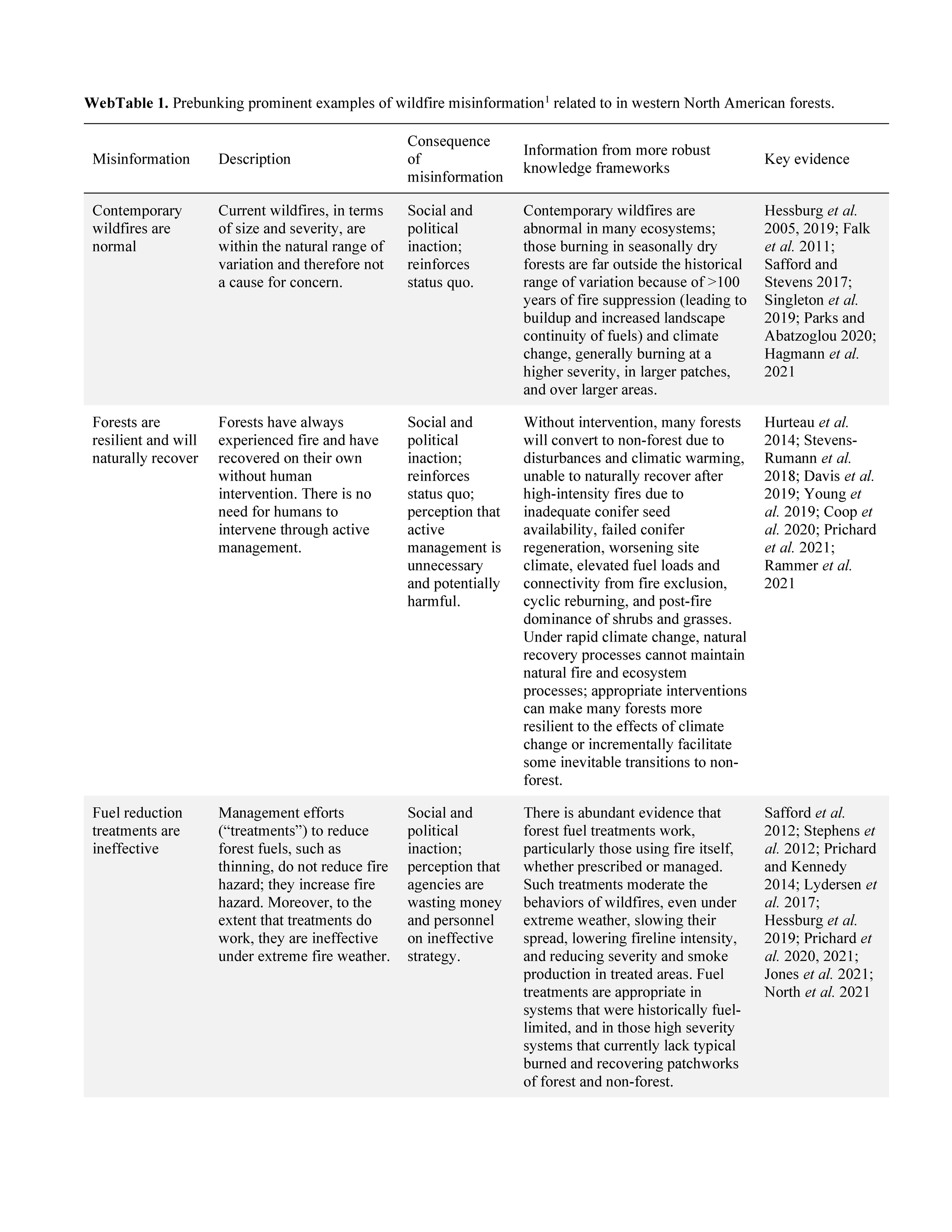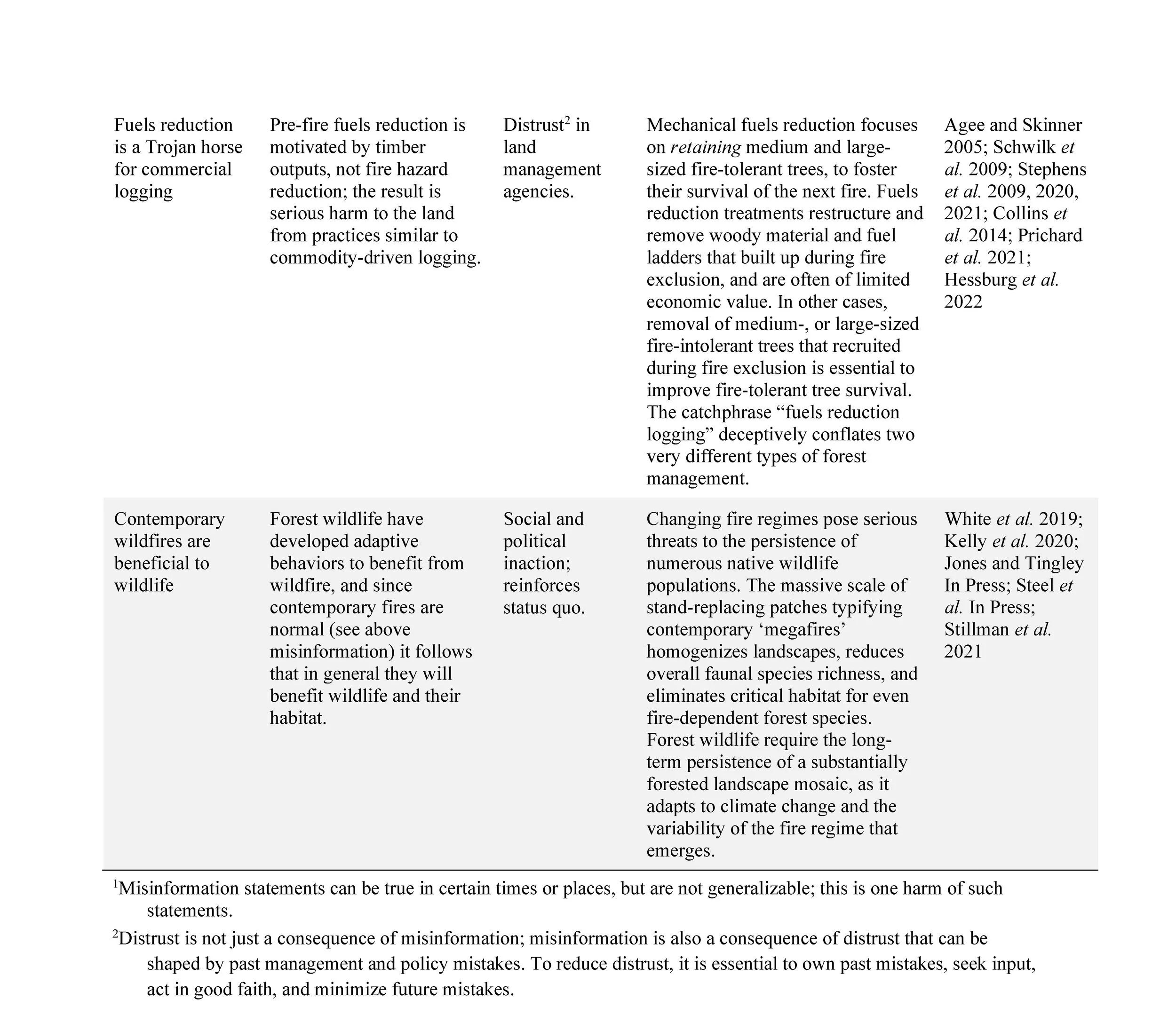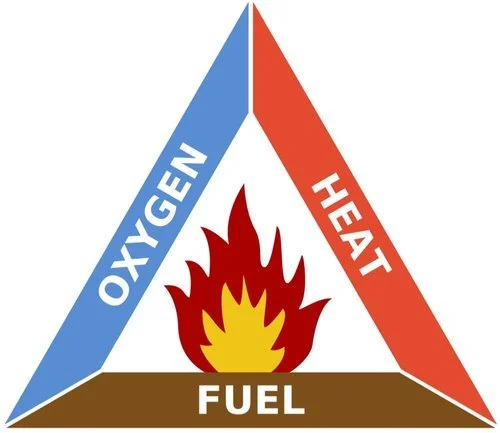Hello, Fireshed Coalition readers!
Just as your durability as a fire adapted community lies in the melding of each individual’s specialties, strengths, and diverse perspectives, the capacity of landscape collaboratives comes from the unique viewpoints and experiences that each partner brings to the table. Building, maintaining, and encouraging open communication and the exchange of knowledge in these collaboratives is integral to their success.
Today’s Wildfire Wednesday features information on:
What is a good starting point for landscape collaboratives?
Prioritizing needs and project implementation
Continual learning - Wildland Urban Fire Summit 2022
Plus, staying informed with webinars and news
Take care,
Rachel
Getting started
What is a landscape collaborative?
Landscape management often spans hundreds of thousands of acres and multiple jurisdictions. Forming a landscape collaborative to address this large scope and the resulting diverse needs allows for creativity, adaptivity, and the capacity to tailor approaches to site-specific conditions. A landscape collaborative can be defined as a multi-party group of stakeholders who share a vested interest in the cohesive management of a defined landscape. These groups may identify as a collaborative, a coalition, a cooperative, or use another term altogether.
While partners may be united in their desire to care for the land and communities therein, forming and maintaining a landscape collaborative comes with challenges. Necessary factors to ensure the success of the collaborative are upkeep of social relationships among partners (working relationships), legitimate coordination (effective communication), and the collaborative capacity of the community (investing time, energy, and funding sources).
What is a good starting point for forming a landscape collaborative?
Several elements are generally present for a landscape collaborative to form:
A shared geographic region
Common concerns threatening or requiring attention in that region
Multiple individuals or groups with an interest in addressing these concerns
Social connectivity between potential partners
Resources to enable collaboration, including time, personpower, and facilitation
Convening your group:
Begin by talking to potential project partners, those who you have worked with or who you know share an interest in the same type of landscape management. Identify a meeting space and invite these individuals to discuss common goals, concerns, values at risk, and scope of work and focus area. Figure out who will organize and facilitate meetings of the collaborative to maintain momentum. Identify potential funding sources as appropriate. Once you have convened collaborative partners and established that you intend to work together, you can move on to utilizing existing documents to guide your proposed objectives and actions.
Utilizing the 2020 New Mexico Forest Action Plan
States are required by the USDA Forest Service to develop a Forest Action Plan (FAP) on a recurring 10-year plan cycle. New Mexico’s 2020 plan builds upon the first plan developed in 2010.
The EMNRD Forestry Division worked with many partners to create the 2020 New Mexico Forest Action Plan. It provides an assessment of the current conditions of our natural resources and sets forth strategies that address key issues in forest and watershed management in a changing climate.
Key elements in the FAP which aid in the creation of landscape collaboratives are: 1) the vision and next steps for collaboration between agencies and organizations, 2) identification of priority landscapes and regions, and 3) current landscape and watershed conditions and corresponding risks.
Establishing Priorities
Choosing focus areas
Each stakeholder in the landscape collaborative will likely bring their own distinct priorities to the table. To avoid conflict and find common ground, the group can focus on the following determinants to guide their cohesive priorities.
Places most likely to get funding
Once the collaborative moves from the hypothetical planning phase to the tangible, sources of funding will be imperative for implementation of management activities. Identify potential funding sources such as state agreements and grant opportunities, inquire with others as to what types of projects have been most successful in acquiring funding, and focus on landscapes which have been pre-identified as priorities in planning documents by funding groups (such as the Environment Department, EMNRD Forestry Division and USDA Forest Service).
Priority landscapes
Pull out some maps and identify which areas of interest for your collaborative overlap with county, state, federal, and tribal priority landscapes. Look into the assessments which led to those priority designations (watershed vulnerability, fire hazard, etc.) and determine how those fit in with your collaborative’s idea of landscape risk. Start with the FAP priority landscapes and work from there.
Risk modeling and values at risk
Look for existing geospatial models, data, and published papers which describe the relative risk faced by your landscape of interest. If you have the capacity, consider using existing data or partnering with a group that specializes in risk modeling to produce assessments of risk specific to that area. Identify specific values at risk (homes, infrastructure, recreational and cultural sites, source water, etc.) which may be prioritized for protection.
Environmental clearances
The environmental clearances required prior to project implementation vary by land jurisdiction. On lands owned by the State, land managers must complete heritage surveys and check for Threatened and Endangered species before beginning work on any management activities. On federal lands, managers must go through the requirements of the National Environmental Policy Act. Identifying areas which have already received environmental or NEPA clearances accelerates the implementation process, can make your project more competitive for funding opportunities, and should be part of the prioritization process.
Continual Learning
Wildland Urban Fire Summit 2022:
Community Recovery, Cultivating Resilience
Continual learning and finding spaces which enable exchange of knowledge between land managers are integral to project relevancy, adaptive management, and cross-boundary collaboration. In mid-November, a collaborative group of fire-focused agencies and organizations is presenting the 2022 Wildland Urban Fire Summit (WUFS) in Santa Fe. This event is tailored to land management professionals and is open to the public.
Theme: Community Recovery, Cultivating Resilience
Where: The Lodge at Santa Fe
When: November 16-18, 2022
Cost: $75
WUFS is New Mexico’s leading event for wildfire preparedness and planning. Join your peers, community leaders, fire service professionals, and federal, state, tribal, and local governments for this in person event. Learn from local communities adapting to a wildfire environment about the latest techniques, strategies, and resources for wildfire adaptation and resilience. Expand your network of peers and experts to assist you in your fire/disaster resiliency goals.
Summit highlights:
Optional pre-summit tour on Wednesday, November 16th to Pritzlaff Ranch in San Miguel County (only 30 spots available!)
Social/networking hour on Wednesday, November 16th
Group tour of Santa Clara Canyon on Thursday, November 17th (transportation & lunch provided)
Communications & tools/resources tracts on Thursday, November 17th
CWPP workshop on Friday, November 18th
Stay Informed
Webinars
December 6 at 12:00 MST: Southwest Fire Science Consortium presents a webinar on Increases in large wildfire driven nighttime fire activity observed across the conterminous United States with Dr. Patrick Freeborn.
Notable press releases
October 12: In New Mexico, Partners Collaborate to End Siege from Megafires
Post-fire resources
New Mexico Highlands University and partners have released a Post-Fire Resource Hub providing information on post-fire hazards and response operations for the Hermits Peak/Calf Canyon Fire.


































